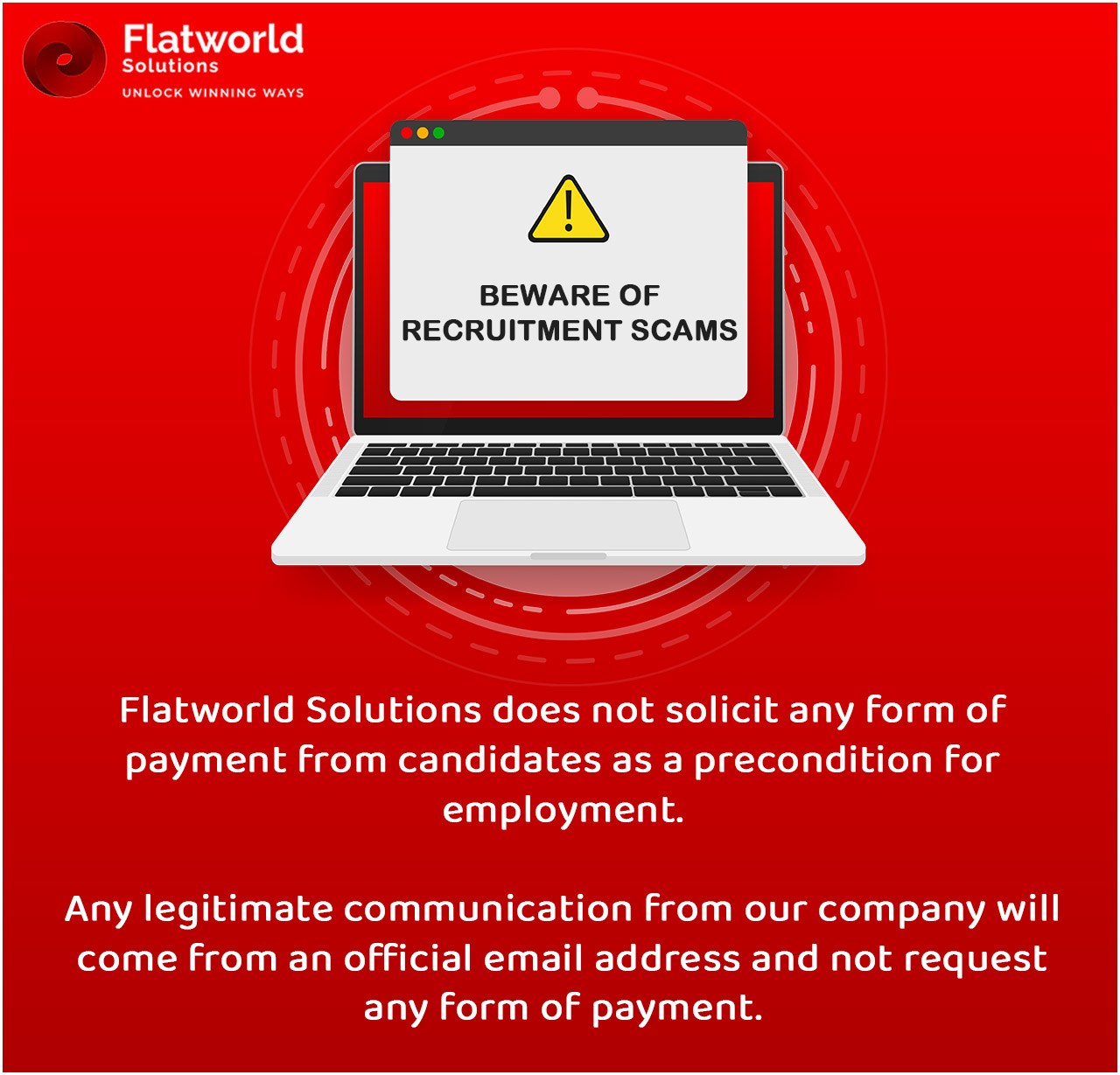Developing an app that can run on the cloud or use the cloud for backend services is becoming common these days. An app is said to be cloud-ready if it can be effectively deployed on a public or private cloud. The application needs to be designed in such a way that it can make use of the capabilities of the PaaS (Platform as a Service) layer, thereby offering users a seamless experience.
More often than not, cloud-centric apps are built using different tools and runtimes as compared to traditional ones. If an app is being entirely re-developed for the cloud, the relational database may be replaced by a NoSQL database such as Cloudant or Mongo DB. At the same time, instead of discarding the existing tool and runtime suites, we can follow some simple methods to develop cloud-based enterprise applications.
The 5-Step Process to Cloud Application Development
The cloud-based enterprise mobile application development ideally should follow a 5-step process which is illustrated below:
Embrace the Cloud
Implement Community Architecture
Codify Development Processes
Automate Development & Operations
Leverage the Hybrid Cloud
-
Embrace the Cloud
When developing a cloud-ready app, no half-measures should be taken. One should focus on leveraging the cloud to take control of all the development software and app components that various teams are building and maintaining
-
Implement Community Architecture
Focus on implementing robust coding community architecture to promote sharing and collaboration across teams, and in some cases, even with different companies. This ensures a more durable, high-quality cloud-based app
-
Codify Development Processes
By codifying development processes, you can improve the overall app quality and increase developer productivity. Enterprise-wide visibility and the probability that the final product will be aligned with the client requirements are also increased
-
Automate Development and Operations
By automating the release of apps into a range of on-premise build, test, staging, and deployment environments, you can streamline your operational procedures, and promote a faster development environment
-
Leverage the Hybrid Cloud
Finally, you should extend the previous step to hybrid cloud environments and incorporate a mix of on-premise, public and private cloud resources. The hybrid cloud also ensures better flexibility and more data deployment options for your organization
9 Rules to Keep in Mind When Developing Cloud-Ready Enterprise Apps
If a developer is designing an enterprise app which needs to be compatible with a cloud-based environment the following rules need to be considered during development -
-
Keep the App Topology Generic
The app should be built in such a way that it is not affected by dynamic scaling. The topology must be as generic and stateless as possible. If it is necessary to use a singleton state then it should be made sure that there exists a voting protocol enabled which can allow the remaining nodes to recreate a singleton, if the former dies
-
Avoid Keeping Session State in your App
In most cases, the best practice is to push the session state to a store that is external to your application server or in an external database and avoid it completely. In-app states can limit the scalability of the app, not just storing the state on the local file system but even storing permanent states in local memory
-
Do not Assume the File System is Permanent
You need to ensure that temporary information is stored in a remote location such as an SQL or NoSQL database instead of using the local file system. Reading information from a static file is fine but writing unique files to the file system can get you in trouble and requires a lot of processing effort
-
Avoid Depending on any Infrastructure
Using files as a name is a problem because one is constantly updating and changing the file properties. Applications need to be more resilient in the cloud environment and should be agnostic to clustering. Consulting an external service registry to resolve service endpoints or delegating the entire routing function to a service bus is a better approach
-
Don't use Uncertain Protocols
If a developer wants to add or remove nodes under load, the app needs to be very resilient in the cloud environment. There are many interesting protocols available, with packages built above them, which can take special configuration and tuning for resiliency. Apps based on HTTP, SSL, and standard database, queuing, and web service connections are going to be more resilient in the long term
-
Avoid Logging to the File System
If logs are written to a local file system, in case of a crash there is a possibility of losing valuable data for debugging problems. Due to this problem many PaaS layers add log aggregators that can be directed remotely or one can also use open source aggregators such as Scribe and Apache Flume. In any case the developer should be aware of the volumes of data logged and the destination address in a dynamic cloud environment
-
Do not Depend on OS-specific Features
Apps that use standard-based services and APIs are more portable to cloud environments than those that depend on OS-specific features. Therefore, the best practice is to replace this by using compatibility libraries that make one OS look like another. Cygwin is a compatibility library that provides a set of Linux tools in a Windows environment
-
Do not Use Infrastructure APIs in your App
The key advantage to avoiding a low-level infrastructural API is understood when it is time to monitor your app. Existing monitoring tools will know about managed thread pools, but it will be impossible for them to discover the thread bottlenecks if you have created your own. The app should be aimed at solving business problems rather than manipulating the infrastructure it runs on. PaaS solutions therefore should be kept out of the application code
-
Never Install your App Manually
Cloud environments are most likely to be destroyed and created more often than traditional platforms. As a result, the app will need to be installed frequently on demand. The installation process must be scripted and reliable with configuration data externalized from the scripts. Ideally, the dependencies required for app installation need to be minimized
6 Key Benefits of Cloud-based Application Solutions
Why should one opt for a cloud-ready application rather than developing an app using traditional platforms? Here are few reasons as to why you need to develop cloud-based applications for enterprises:

1. Reduced IT Infrastructure Expenditure: Cloud-based apps are replacing the hardware-based solutions which are unable to handle the process of global scaling in a cost-effective manner without compromising quality. This helps in cutting considerable hardware costs while you benefit from a subscription-based cloud model.

2. Increased Employee Productivity: The ability to access all your work related documents and tools from wherever you are and at any time is boosts the productivity of your employees. People are more inclined to read something if it loads faster, regardless of the device used.

3. Improved End-user Experience: More and more online transactions are happening through mobile devices nowadays. By making use of a cloud-based app delivery solution, one can expect to see interactions with customers become streamlined as they flock to your apps.

4. Disaster Recovery: Businesses need to be investing in robust disaster recovery systems, but for smaller businesses and startups, cloud-based security systems are ideal. The cloud is helping more organizations have a stable backup and recovery solution, thereby saving time and avoiding large upfront investments.

5. Security: Lost phones and devices are still less painful as compared to the sensitive data that is lost along with that. Having a backup on the cloud helps users to retrieve all the important information no matter what happens to your phone.

6. Increased Competitiveness: Moving to a cloud-based platform allows access to enterprise-class technology to everyone. It allows smaller businesses to act faster than big and established competitors. While remaining lean and humble, small companies can now compete with bigger organizations on a level playing field.
Read an article to know Why Should You Care About WebRTC and CloudRTC.
Tools & Technologies Used for Cloud Application Development
Designing an enterprise app for cloud takes a broader approach than a traditional in-house business application. One will need top-notch web application design and development skills to make an app cloud-ready. Some of the tools you can leverage to make cloud-ready applications include:










Our Related Services
Choose Flatworld Solutions to Make Your Enterprise App Cloud-Ready!
With cloud computing storming to the forefront of today's IT trends, more and more cloud-ready apps are being developed. Our team of mobile app developers is highly qualified and has provided high quality cloud-based apps for numerous companies and brands. We are skilled and trained to use multiple tools and can provide enterprise mobile app development services on different platforms such as Android, iOS, Windows, etc.
If you have any kind of cloud-ready app development requirement, feel free to get in touch with us.
Contact UsAvail best-in-class services at affordable rates
Our Customers





Software Development Case Studies
-
Flatworld Implemented a ServiceNow Solution for a US-based Award Winning Firm
-
FWS Provided Swift and Impeccable ServiceNow Implementation Services
-
Flatworld Provided Power BI Services to a UK-based Data Analytics Firm
-
Developed an e-Learning Platform for a Global IT Organization
-
Bilingual OpenCart e-commerce Solution for Canadian Boat Manufacturer
3rd Edition Middle East Banking AI and Analytics Summit

USA
Flatworld Solutions
116 Village Blvd, Suite 200, Princeton, NJ 08540
PHILIPPINES
Aeon Towers, J.P. Laurel Avenue, Bajada, Davao 8000
KSS Building, Buhangin Road Cor Olive Street, Davao City 8000
INDIA
Survey No.11, 3rd Floor, Indraprastha, Gubbi Cross, 81,
Hennur Bagalur Main Rd, Kuvempu Layout, Kothanur, Bengaluru, Karnataka 560077









